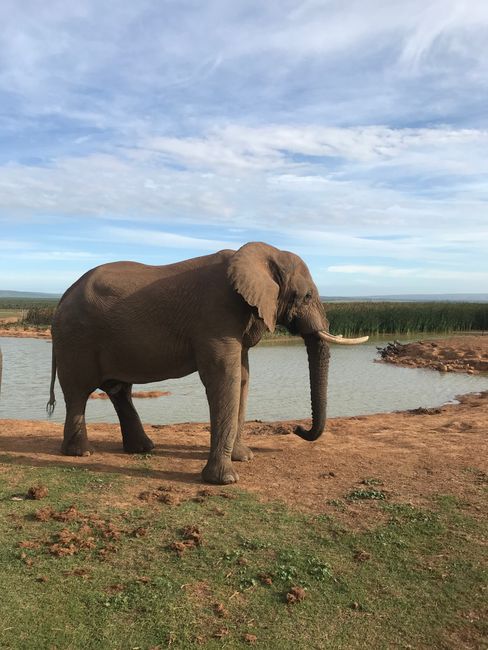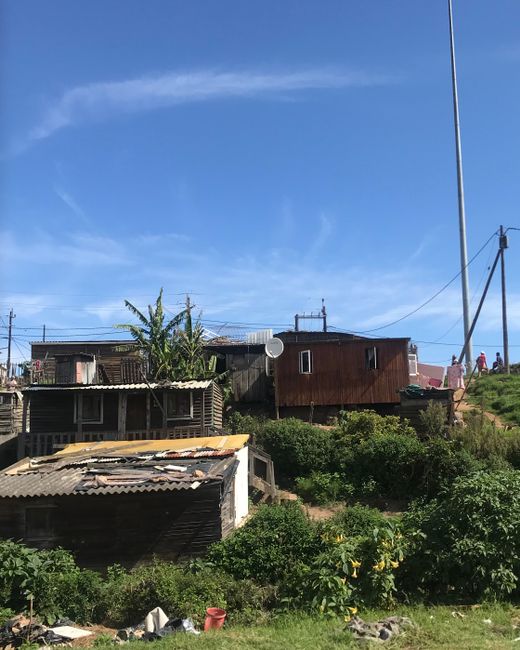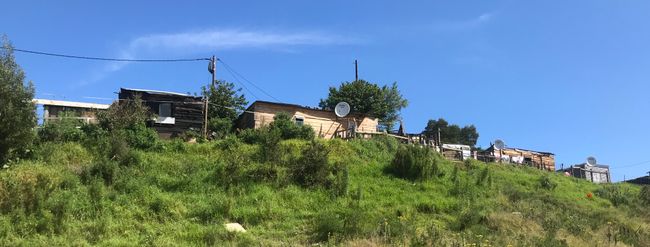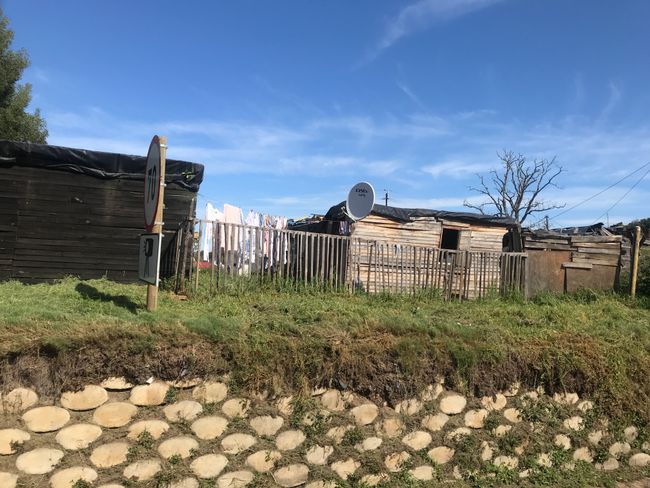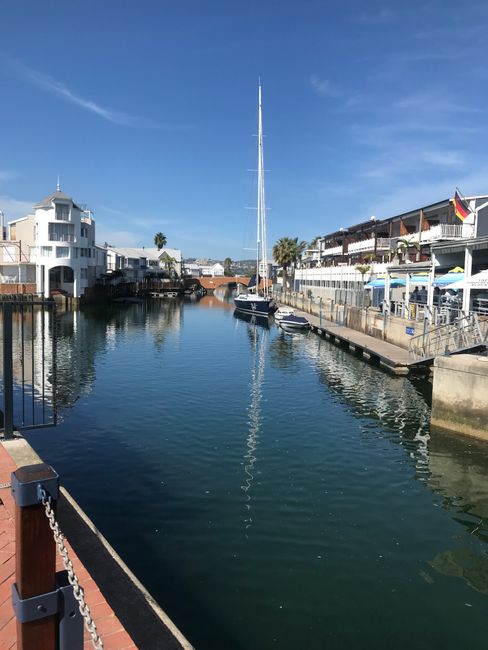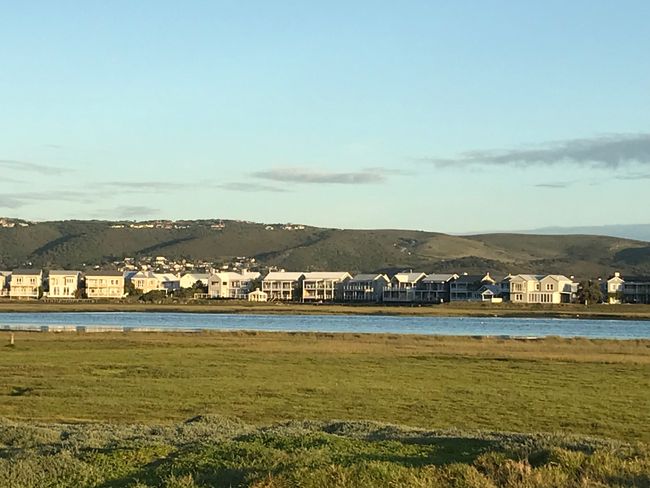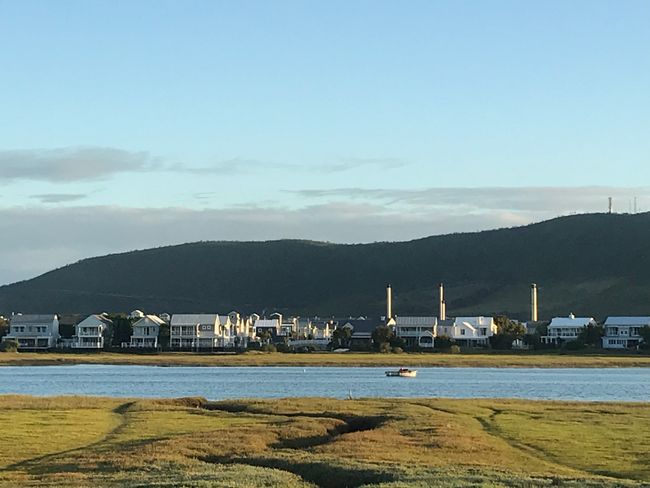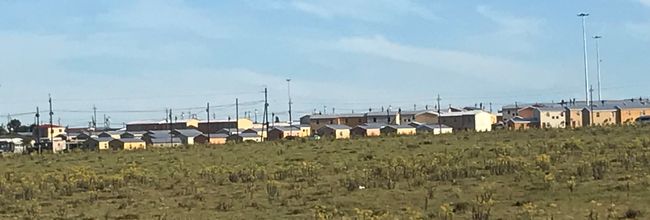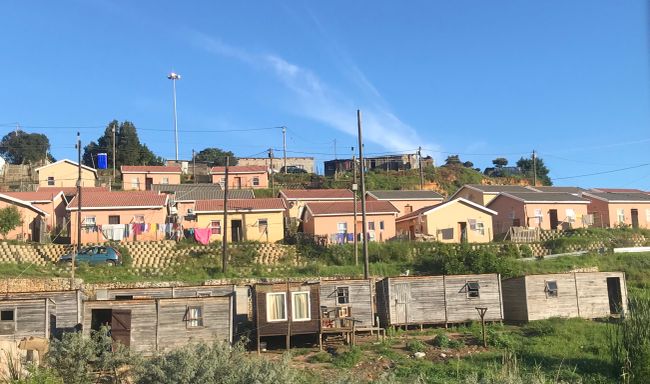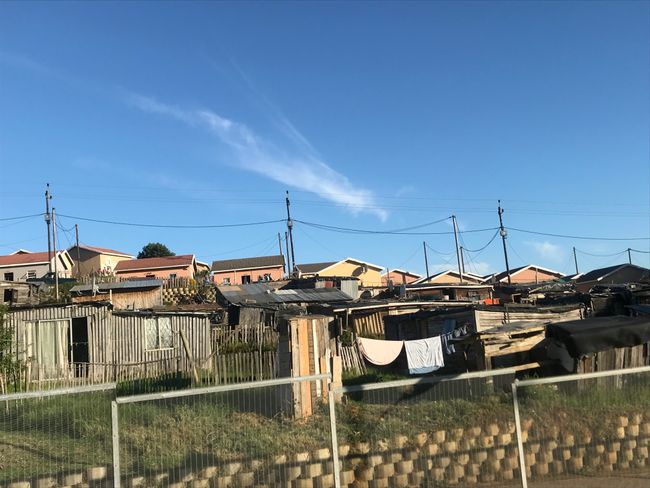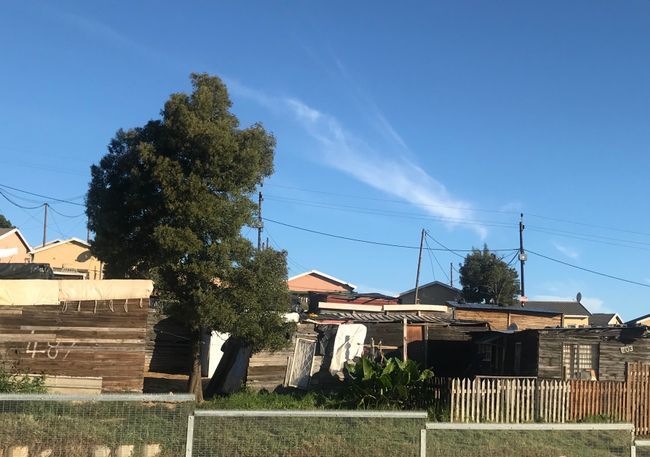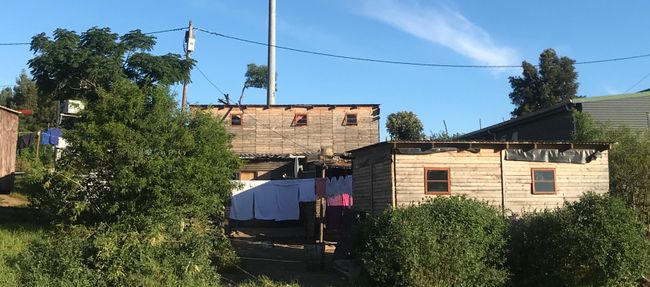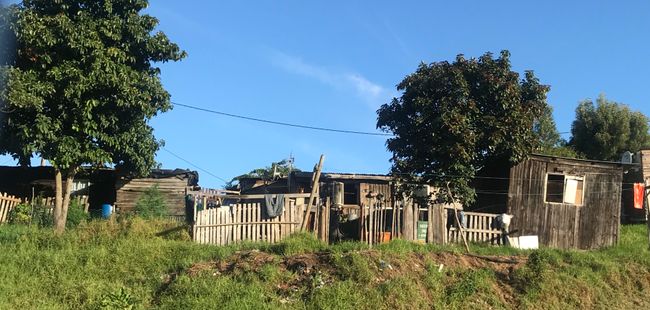Two worlds!
Argitaratu: 28.03.2019
Harpidetu Buletinera
A journey of discoveries:
As in many countries, poverty and wealth are very close together here.
On one side of the street there are villas with beautiful gardens, on the other side there are townships with so-called tin houses and shacks, and in between there are smaller "normal" houses.
In the townships, mainly dark-skinned, large families live. Partially livable, but sometimes under terrible conditions without running water, toilets, or electricity.
Piles of garbage often pile up in front of or behind the shacks.
Above all, the local separation is still clearly visible, as the townships are strictly separated from the settlements of the white people. Shack after shack is lined up in such slums. Most of the residents are unemployed, often with no education and mostly dark-skinned. However, due to increasing poverty and corruption, there are now "white" townships where many live or try to survive below the poverty line of the equivalent of 75 Euros per month.
The children wave at us friendly as we drive by and seem to be happy. Many of these children do not know any other life and therefore have little knowledge of the possibilities that might be available to them.
There are schools, but they are mostly found in the townships themselves. And whether all children attend school, I would rather doubt.
As a result, unemployment within the townships is high, which leads to a vicious cycle.
The flip side of the coin, which many like to ignore and overlook!!
The closer you get to Cape Town, the more you notice this poverty and the still existing "racial segregation". Fortunately, apartheid is part of history, but still noticeable.
So in the restaurants, at the gas stations, the supermarkets... mostly "black people" are employed at the lower levels, the owners are mostly white.
In the "better" restaurants, hardly any dark-skinned people can be found as guests.
The desire for change is there, but we can only hope that implementation will happen soon!
Harpidetu Buletinera
Erantzun

